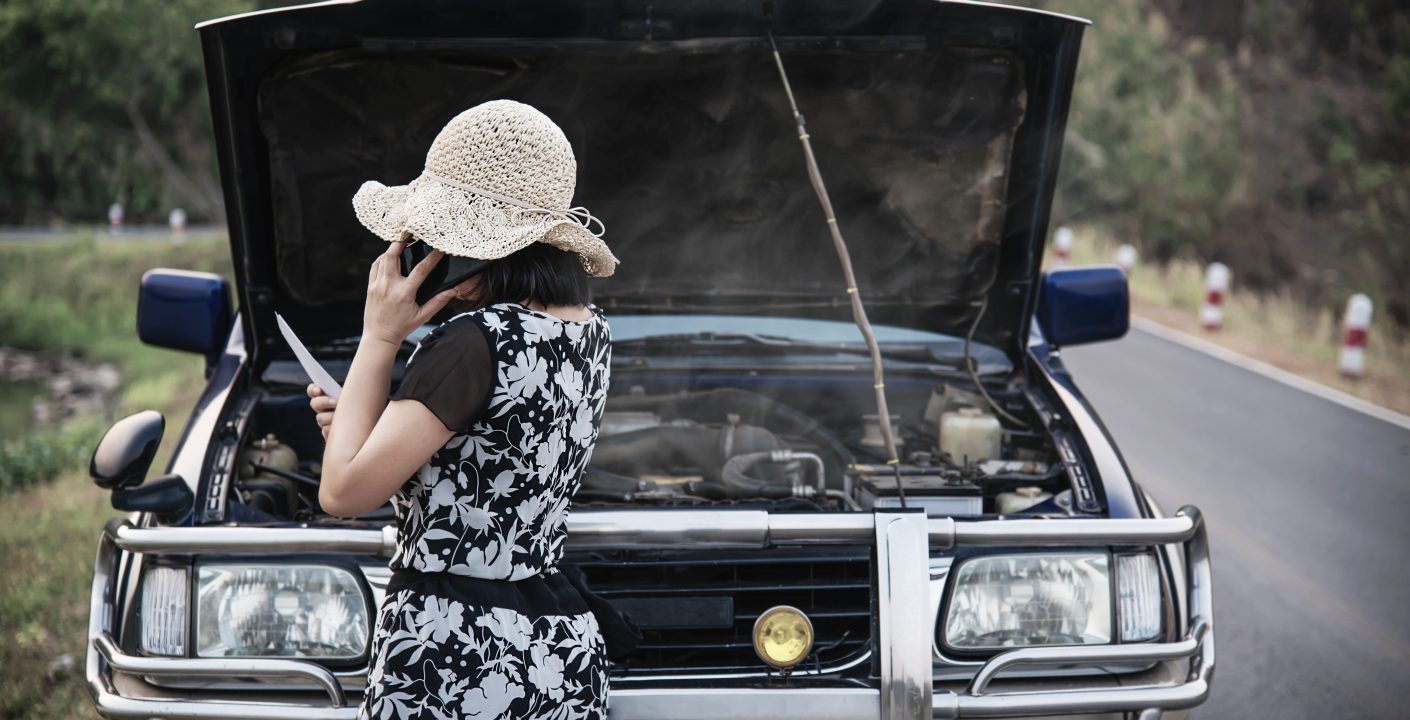There are few things more frustrating than waking up to a cold morning, only to find that your car refuses to start. Cold weather can be tough on vehicles, affecting various components and making it difficult to get the engine running. Understanding the causes and knowing how to fix or prevent them can save you time, money, and stress.
Common Reasons Your Car Won’t Start in the Cold
1. Battery Issues
Cold temperatures reduce a battery’s ability to generate power. The chemical reactions inside the battery slow down, leading to lower cranking power.
Signs: Dim headlights, clicking sounds when turning the key, or no response at all.
Solutions:
- Jump-start your car: Connect your battery to a functioning vehicle using jumper cables.
- Check battery terminals: Ensure the terminals are clean and securely connected.
- Battery replacement: If the battery is old or weak, consider replacing it with a new one.
2. Thickened Engine Oil
Cold temperatures can cause engine oil to thicken, making it harder for the engine to turn over.
Signs: Slow or labored cranking when starting.
Solutions:
- Use winter-grade oil: Switch to an oil with a lower viscosity rating for better performance in cold weather.
- Regular oil changes: Maintain proper oil changes to keep your engine lubricated.
3. Fuel Problems
Fuel can become problematic in freezing temperatures, especially if there is water contamination or if the fuel lines freeze.
Signs: Engine sputtering or failure to start.
Solutions:
- Use a fuel line antifreeze: Add a fuel additive designed to remove moisture from the system.
- Keep the tank full: A full tank reduces the chance of condensation forming.
4. Faulty Spark Plugs
Spark plugs play a crucial role in igniting the fuel-air mixture in the engine. In cold weather, weak or damaged spark plugs may fail to produce the necessary spark.
Signs: Engine misfires or fails to start.
Solutions:
- Inspect and replace spark plugs: Ensure they are clean and in good condition.
- Regular tune-ups: Maintain your ignition system to prevent spark plug issues.
5. Frozen or Weak Starter Motor
The starter motor is responsible for turning over the engine. Cold weather can strain an already weak starter motor.
Signs: A grinding noise or no sound when turning the key.
Solutions:
- Check electrical connections: Ensure the starter connections are clean and tight.
- Replace the starter: If the motor is faulty, replace it.
6. Weak Alternator
The alternator charges the battery and powers electrical components. Cold weather can highlight existing alternator issues.
Signs: Dim lights and a rapidly draining battery.
Solutions:
- Test the alternator: Have a professional check its output.
- Replace if necessary: A failing alternator should be replaced to maintain a healthy electrical system.
7. Cold Air Intake Issues
Cold weather can cause air intake components to contract, affecting airflow to the engine.
Signs: Difficulty starting and inconsistent engine performance.
Solutions:
- Check air intake components: Ensure they are clean and free of obstructions.
- Warm up the engine: Allow the engine to idle for a few minutes before driving.
Preventative Tips for Cold Weather Starts
- Park in a garage: Keeping your car in a warmer environment can help.
- Invest in a block heater: A block heater warms the engine and oil, making it easier to start in freezing temperatures.
- Use a battery blanket: This insulated wrap keeps the battery warm.
- Keep jumper cables handy: Be prepared for emergency situations.
- Perform regular maintenance: Ensure your vehicle is in top condition by keeping up with routine checks and services.
Cold weather doesn’t have to mean car trouble. By understanding the common causes of starting issues and taking preventative measures, you can ensure that your car is ready to go even on the chilliest mornings. Regular maintenance and the right preparations will keep your vehicle reliable and efficient all season long.



